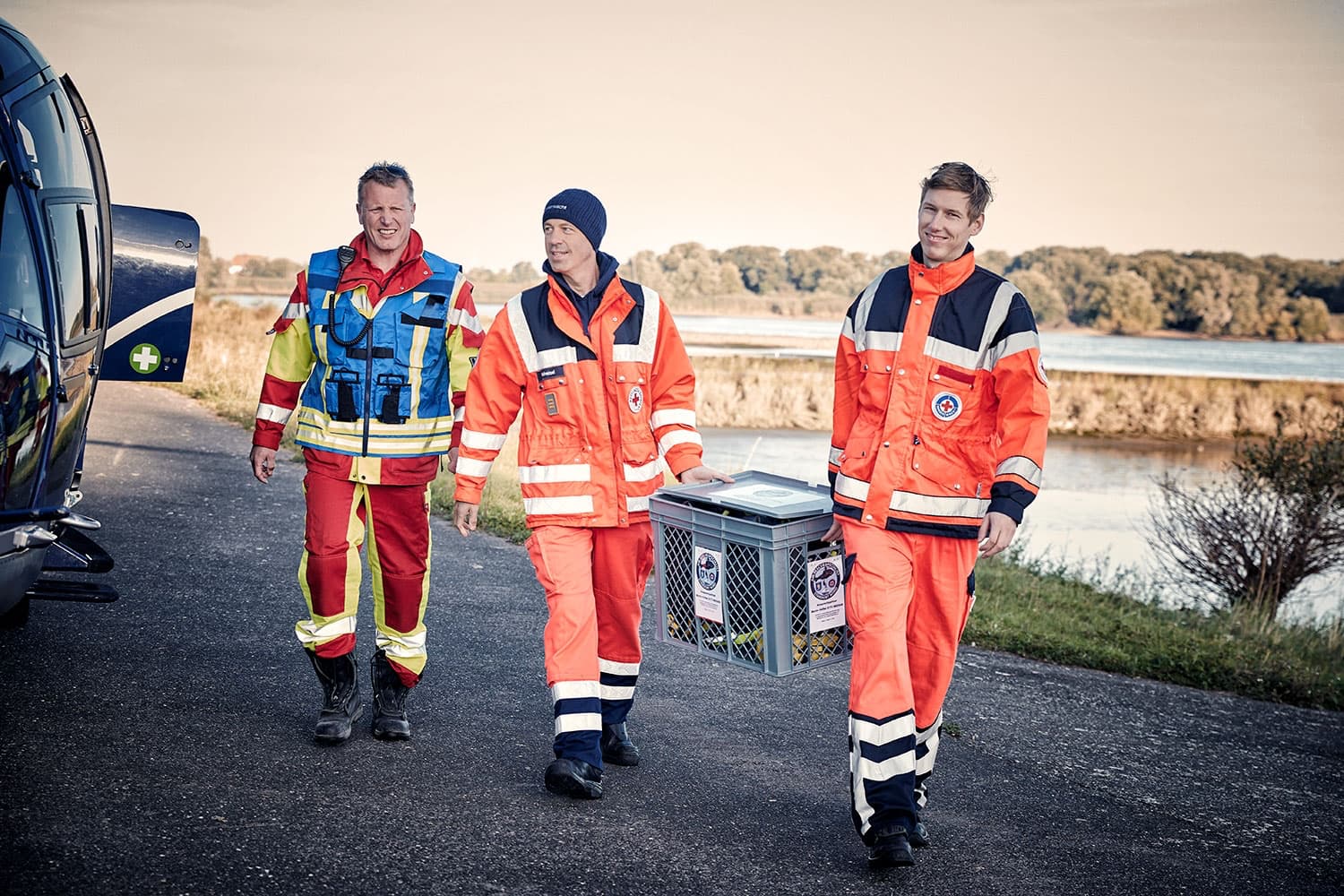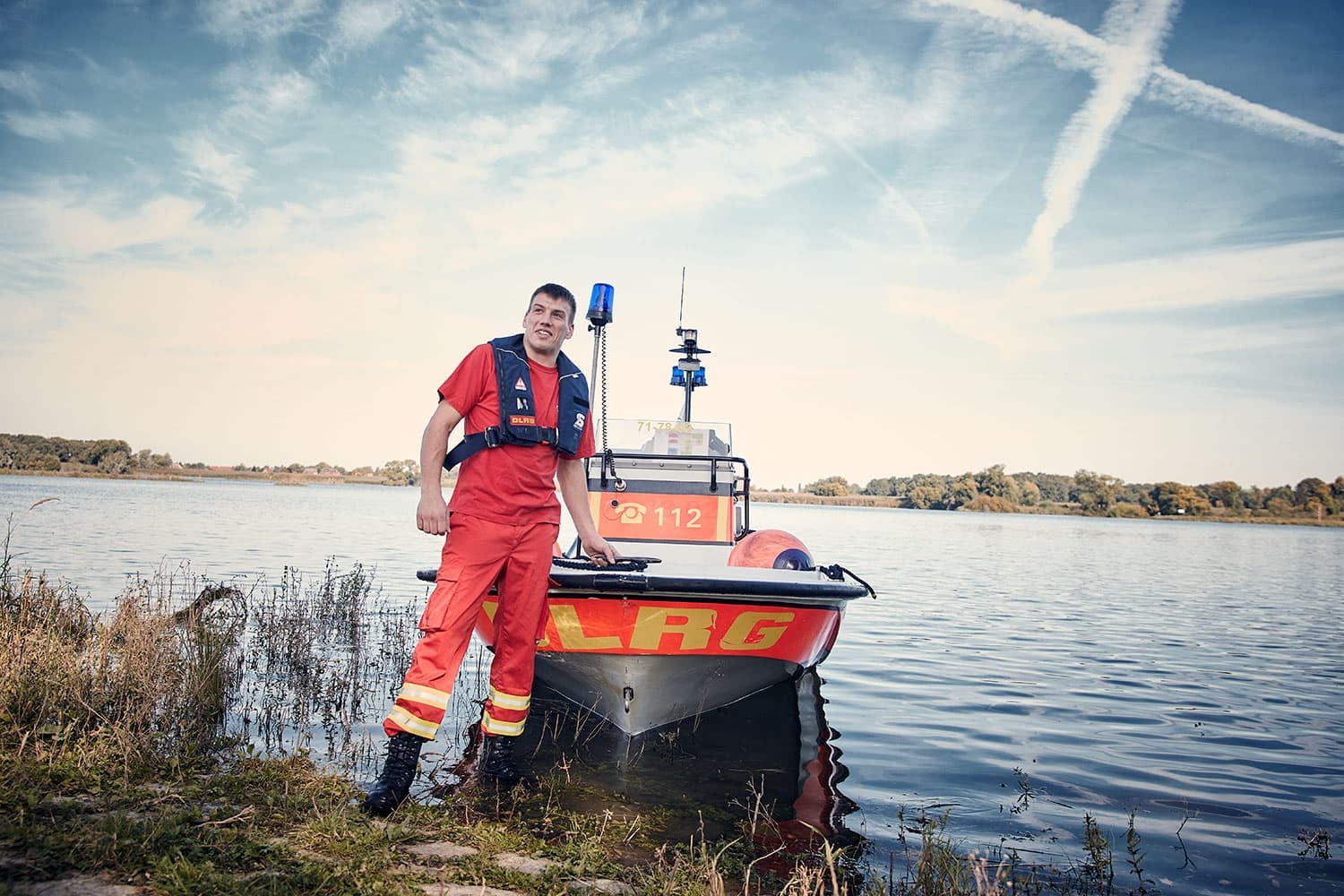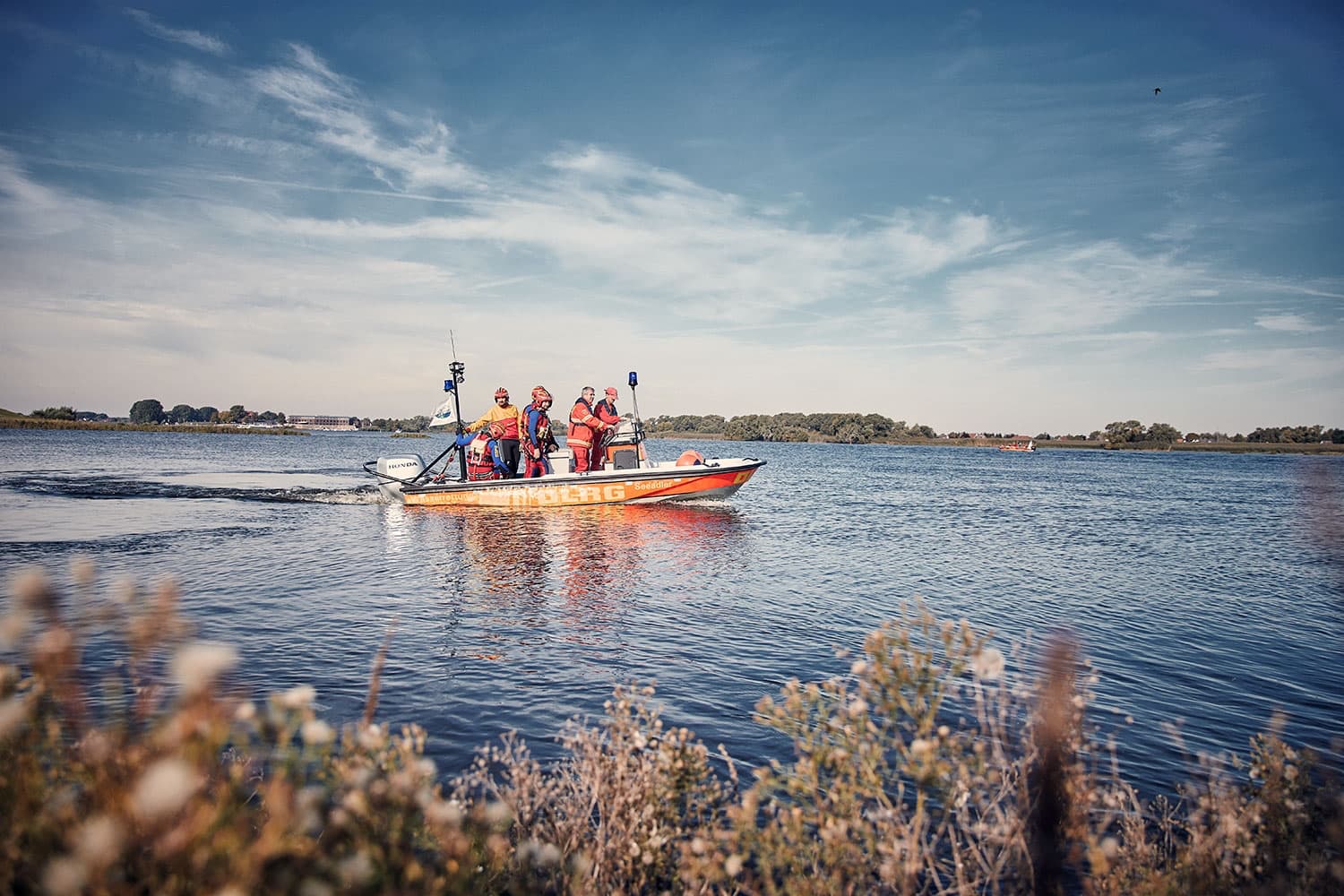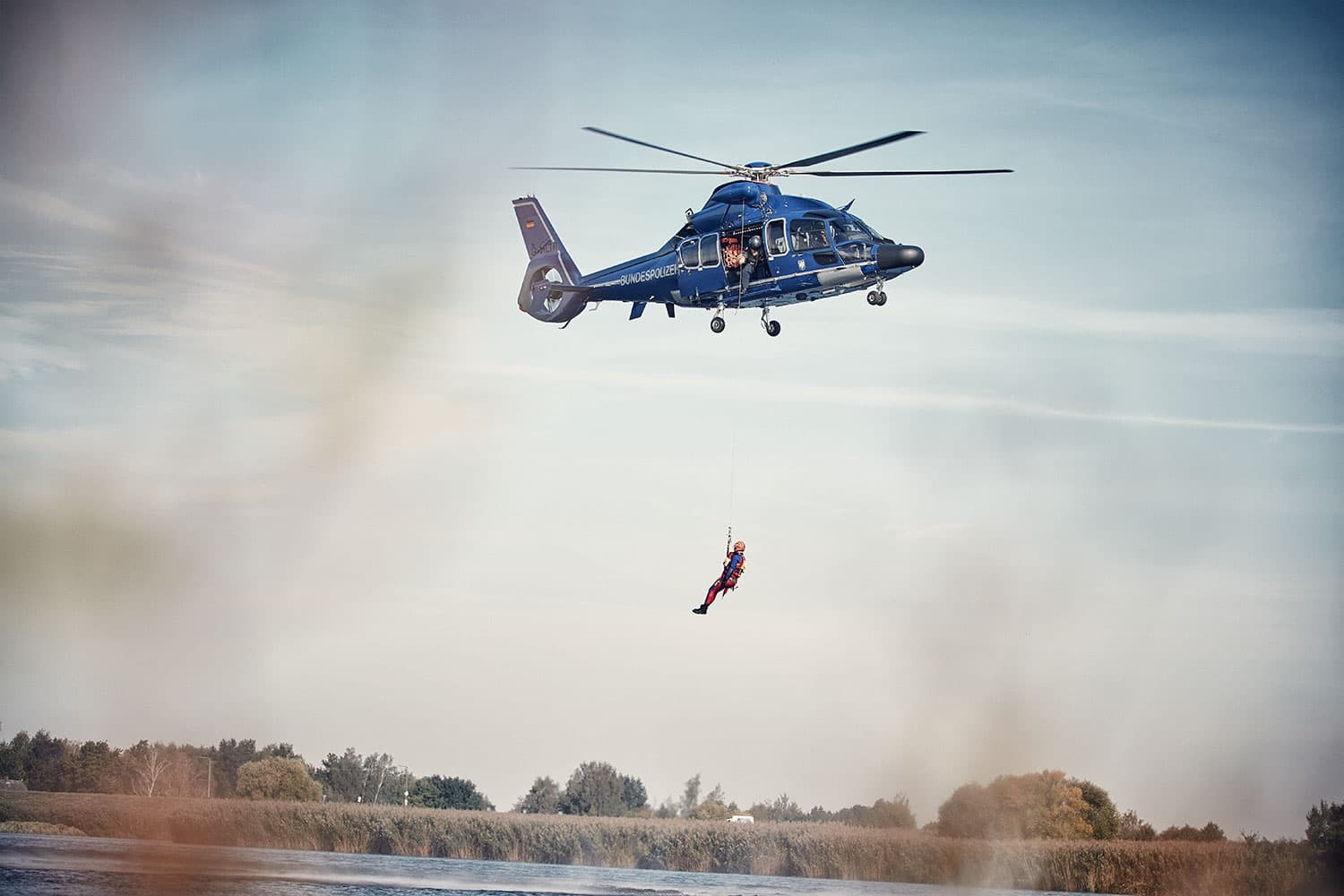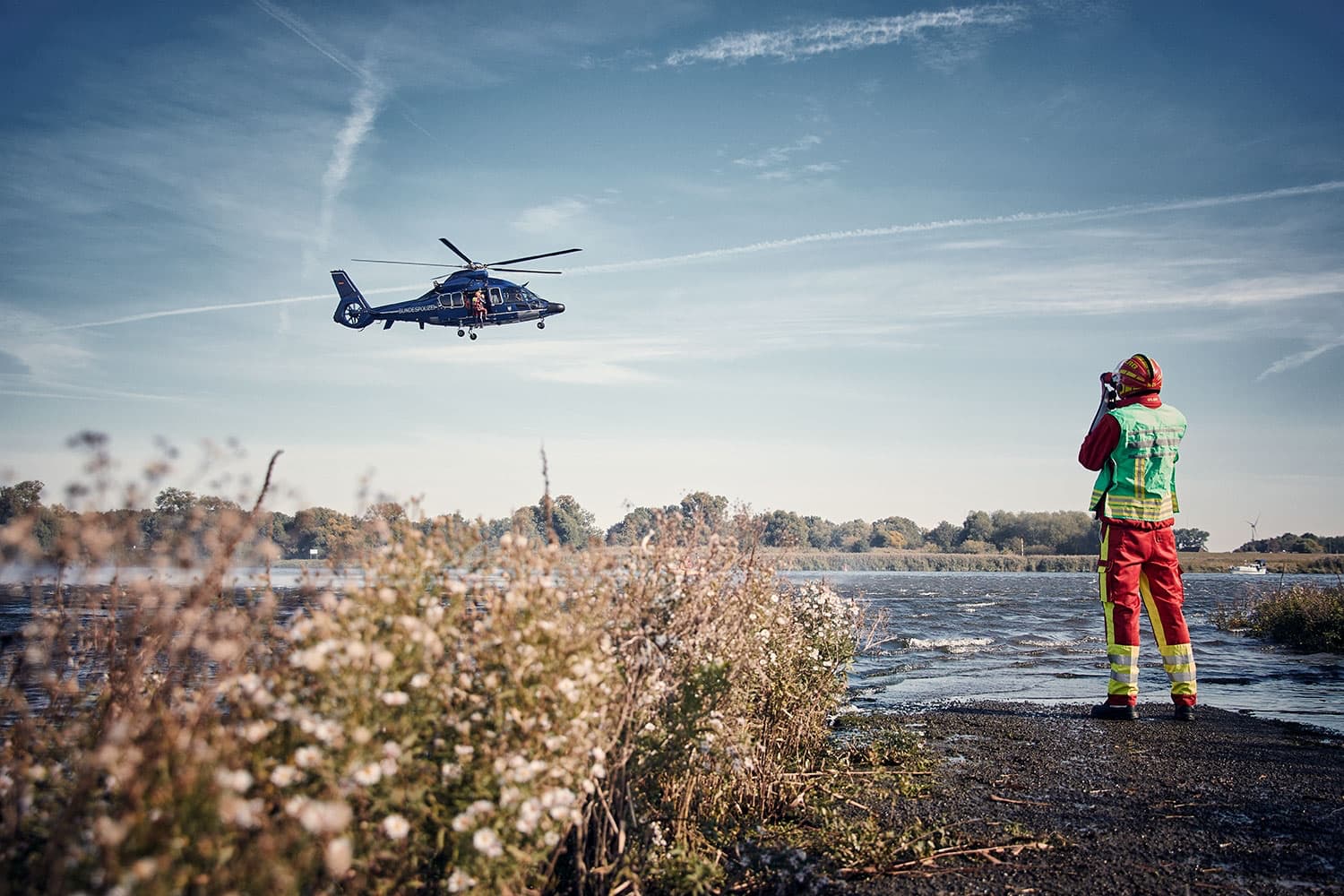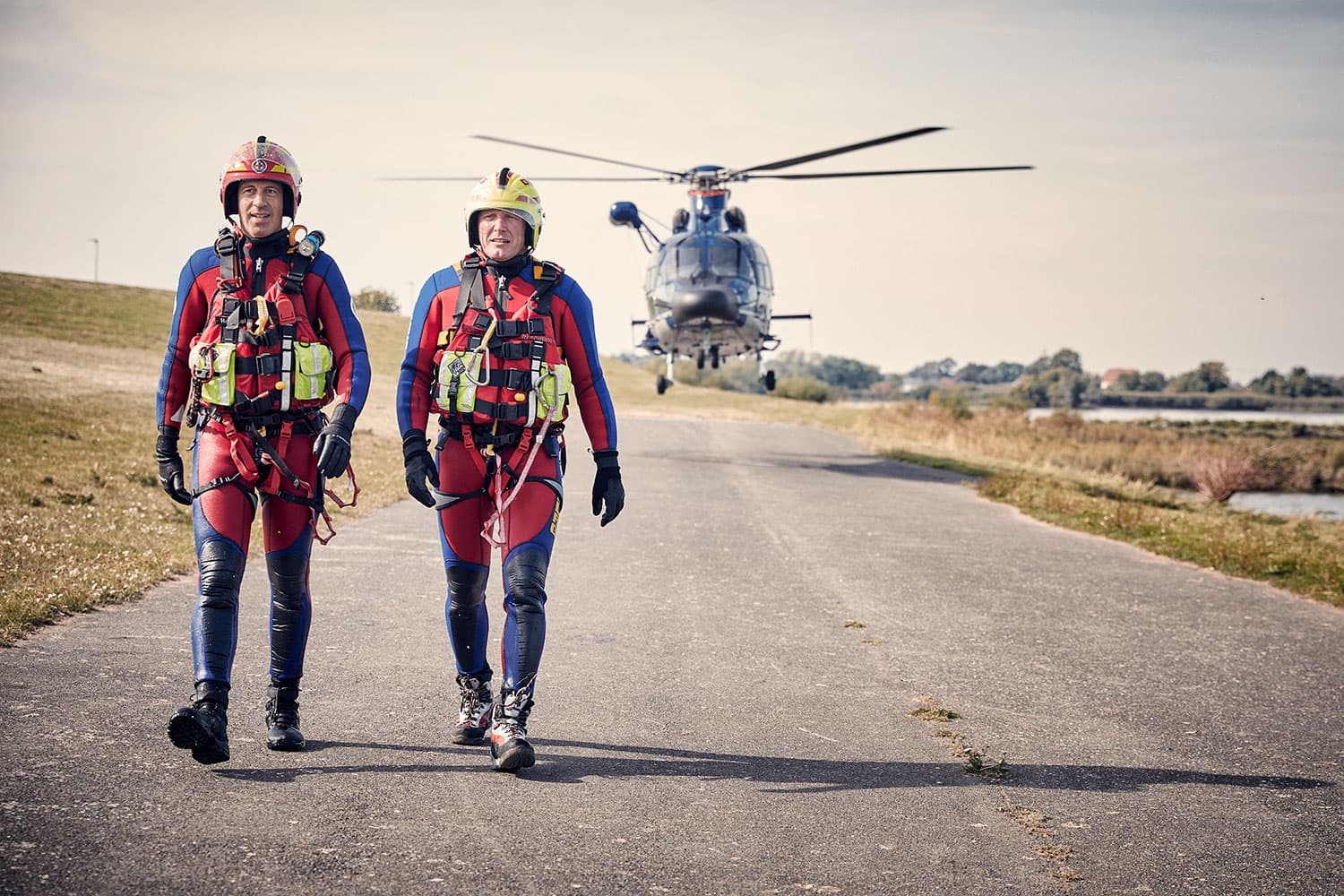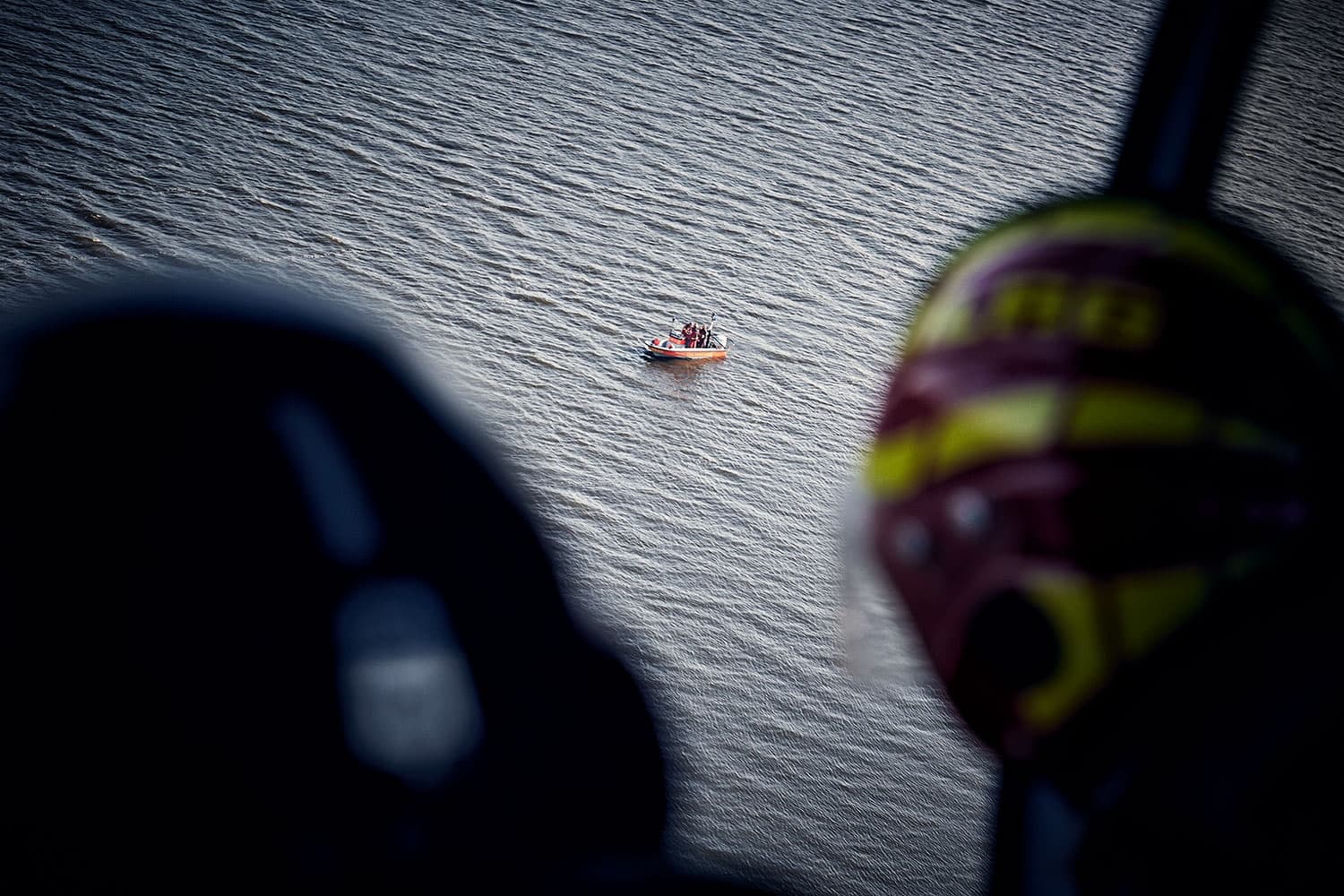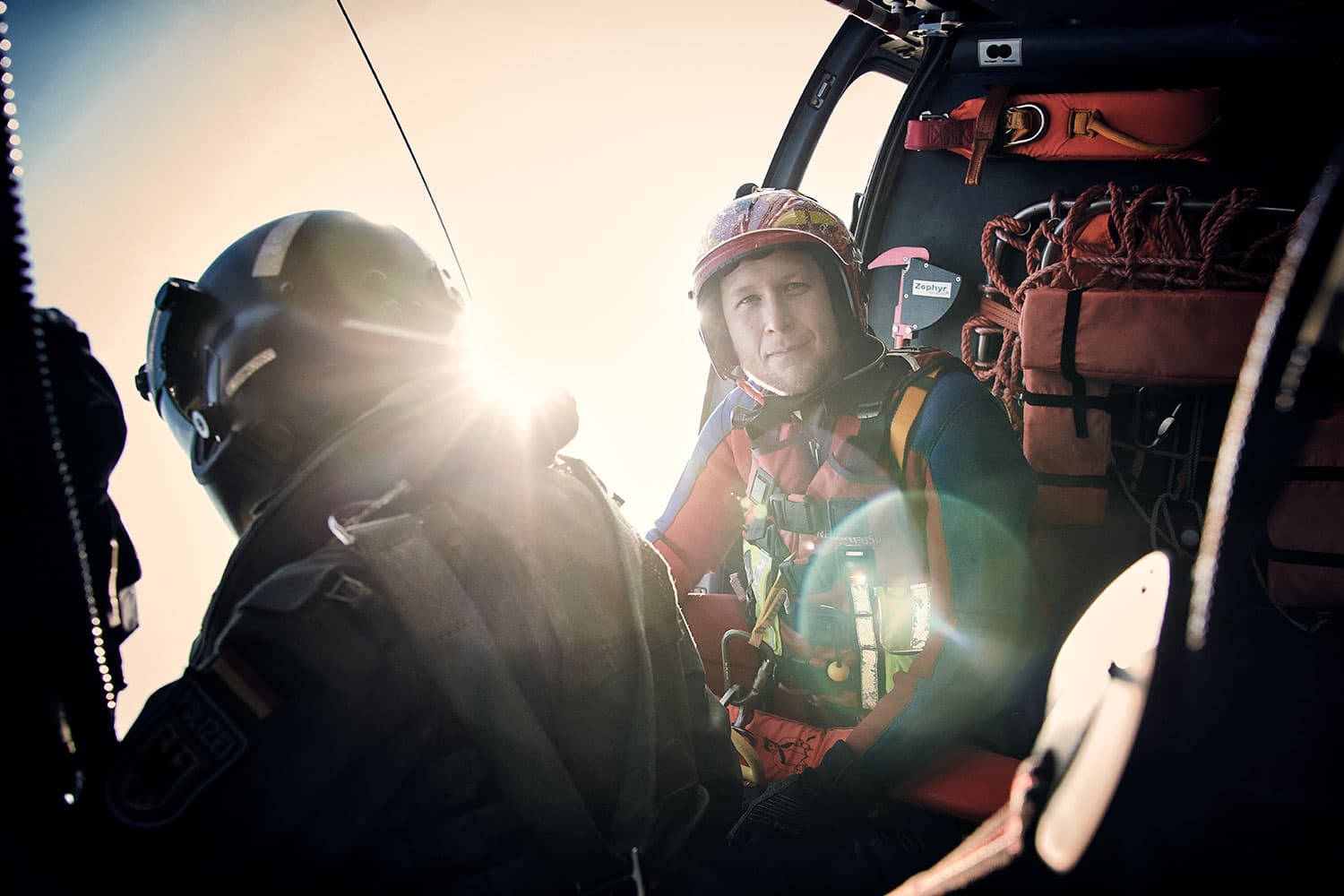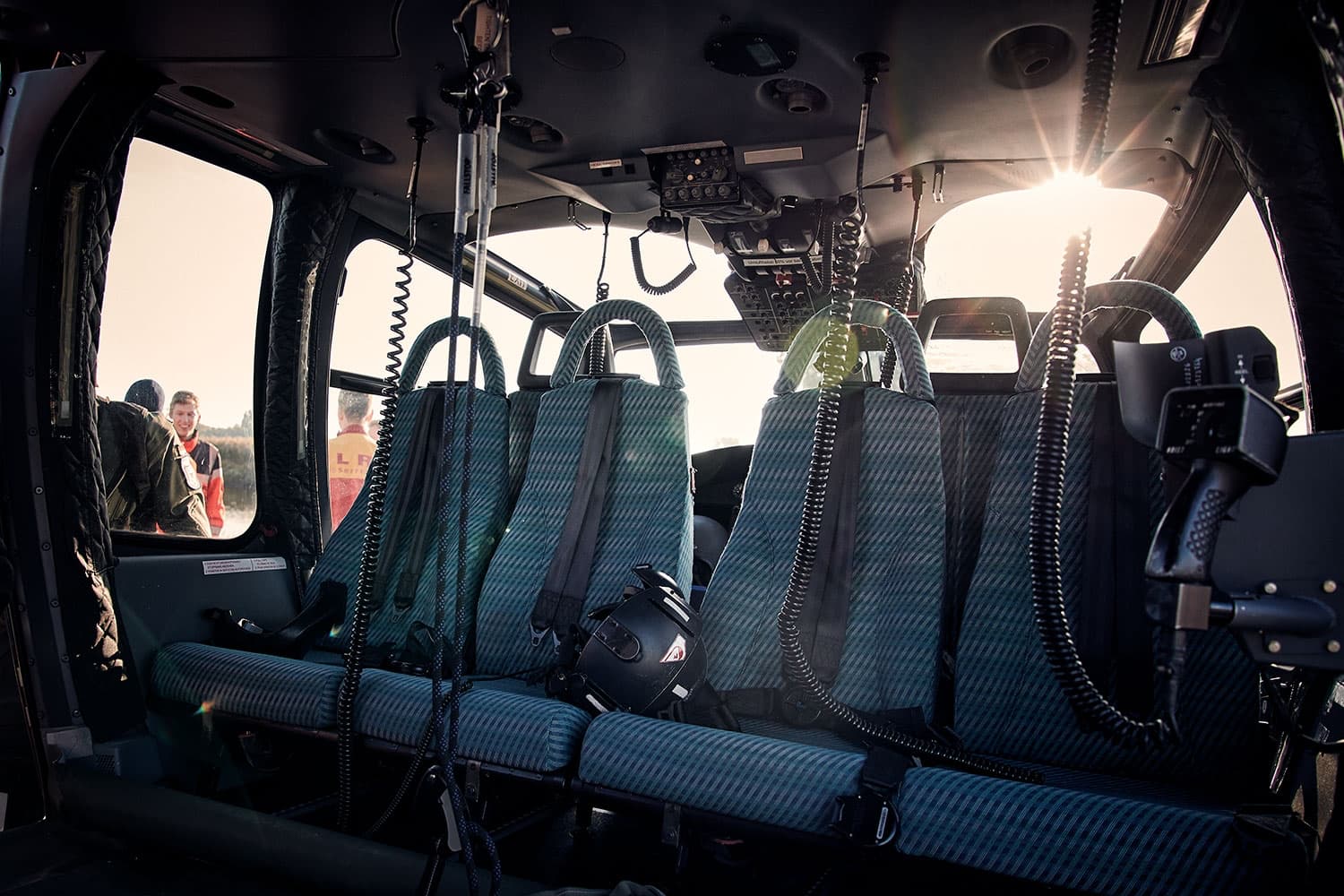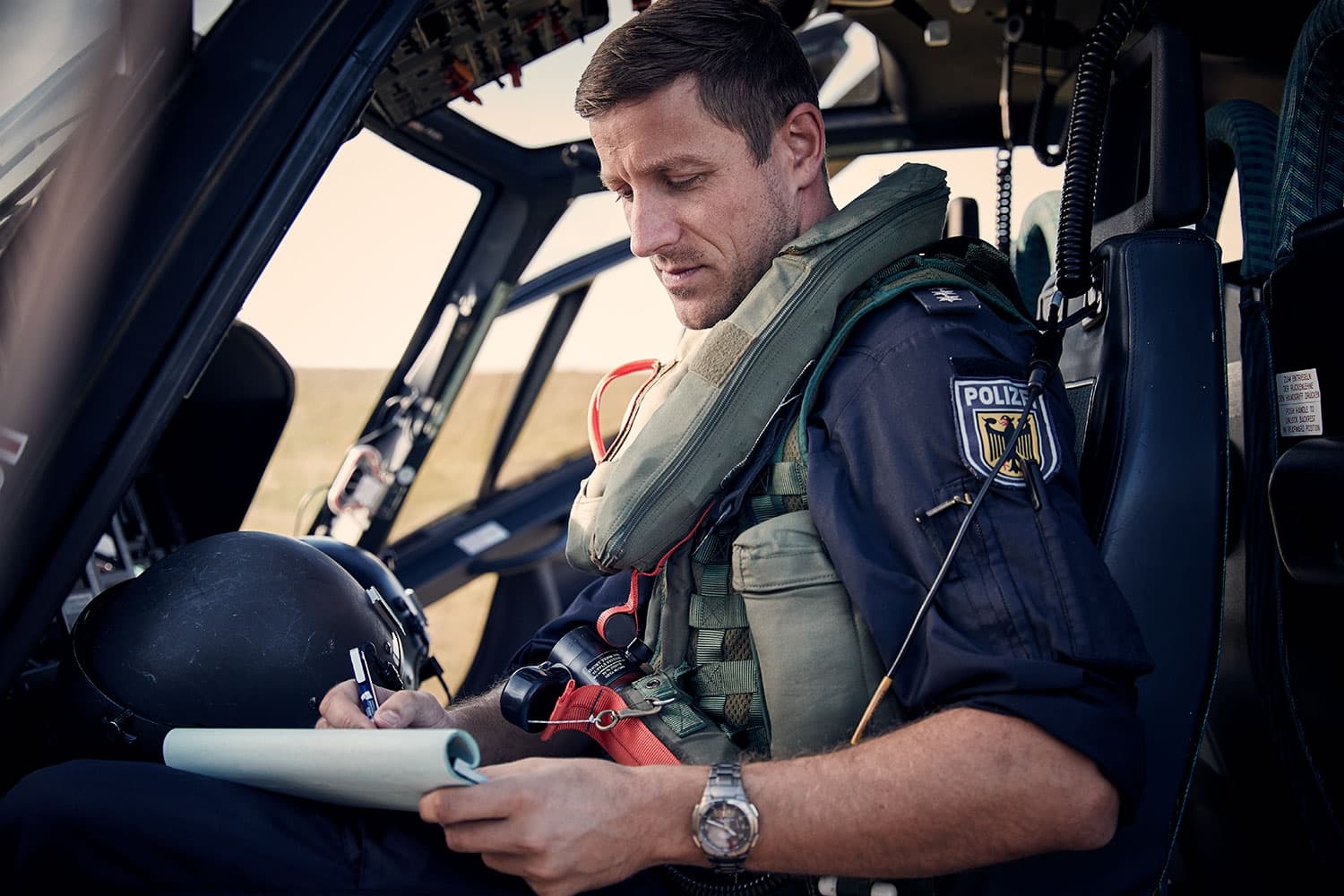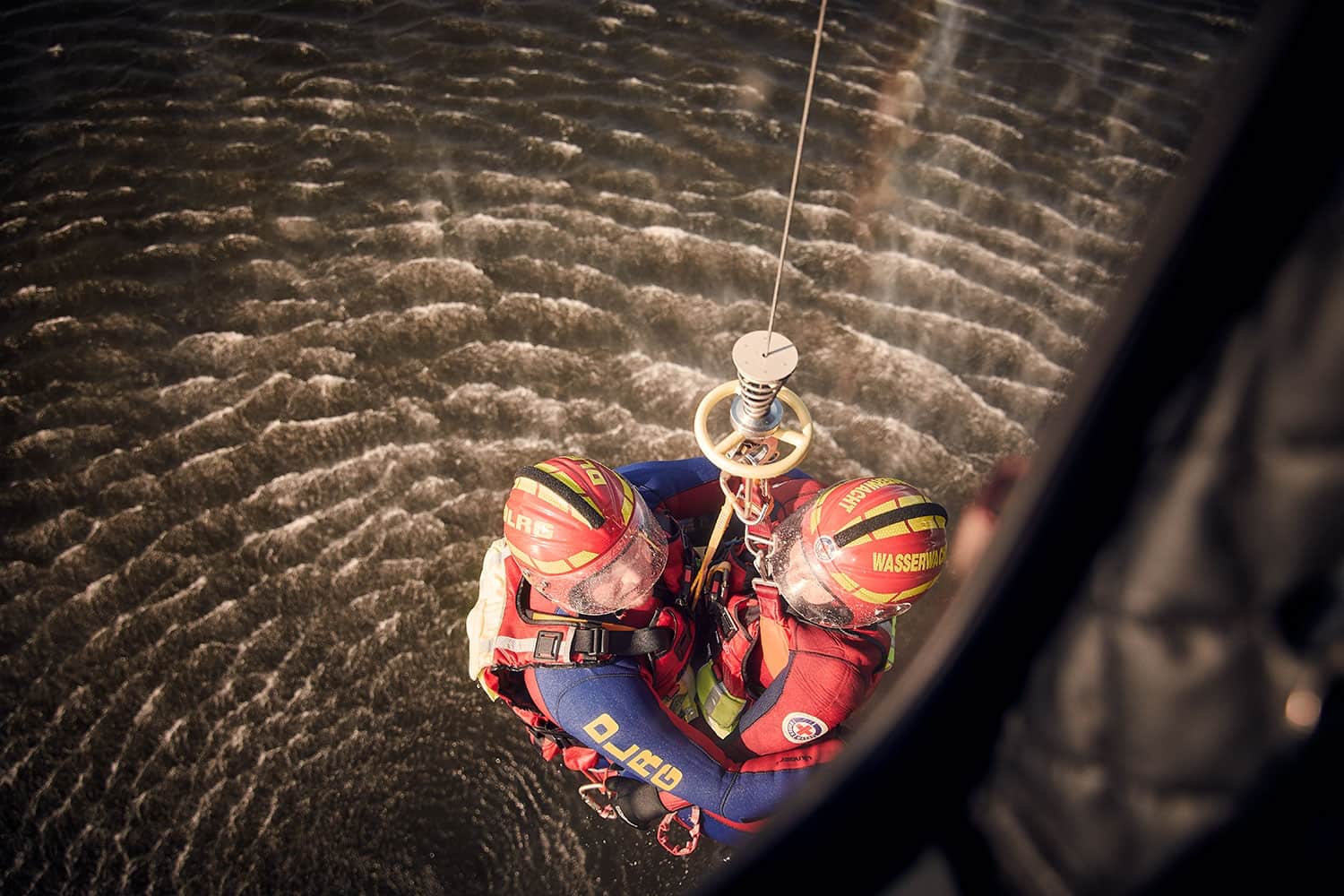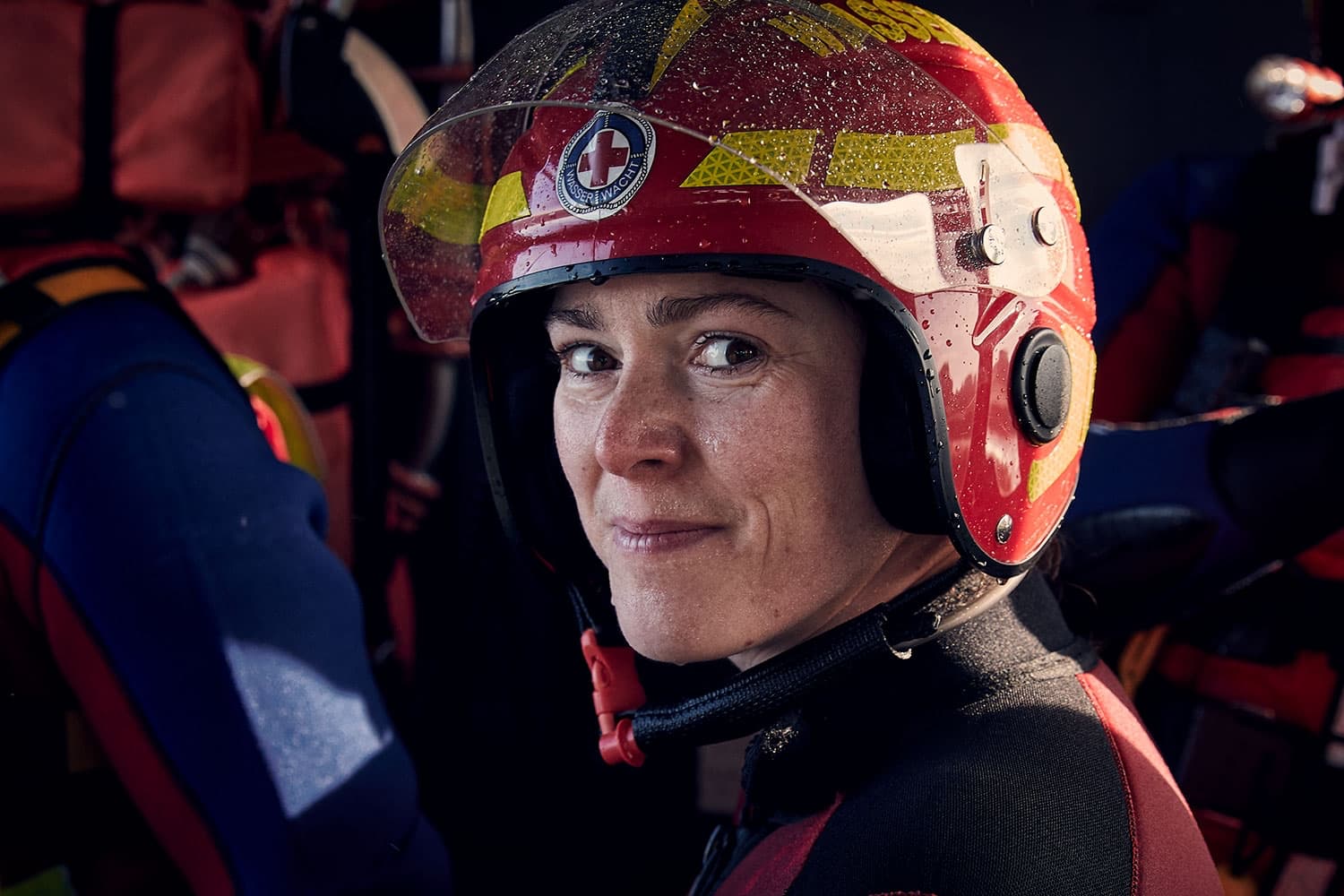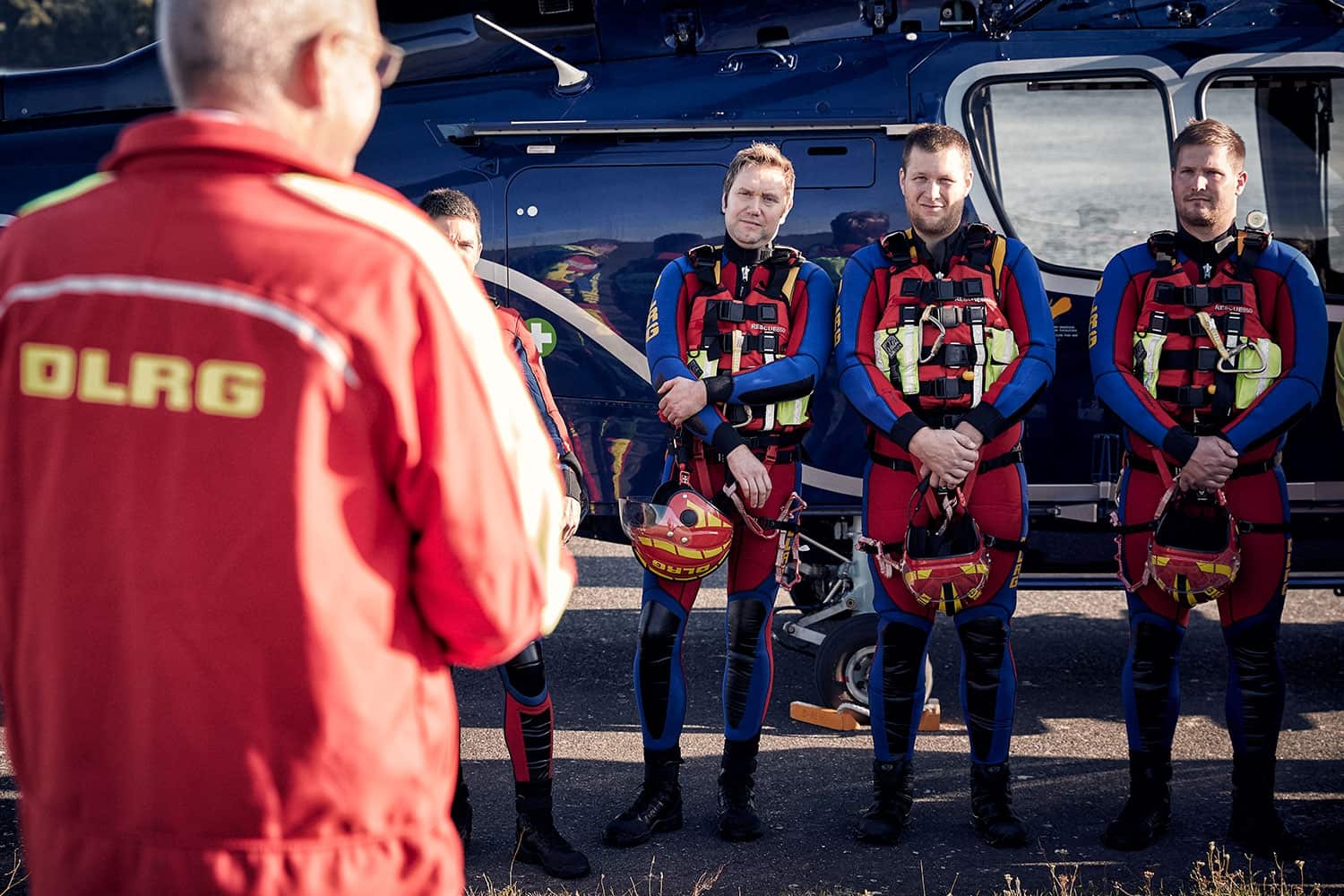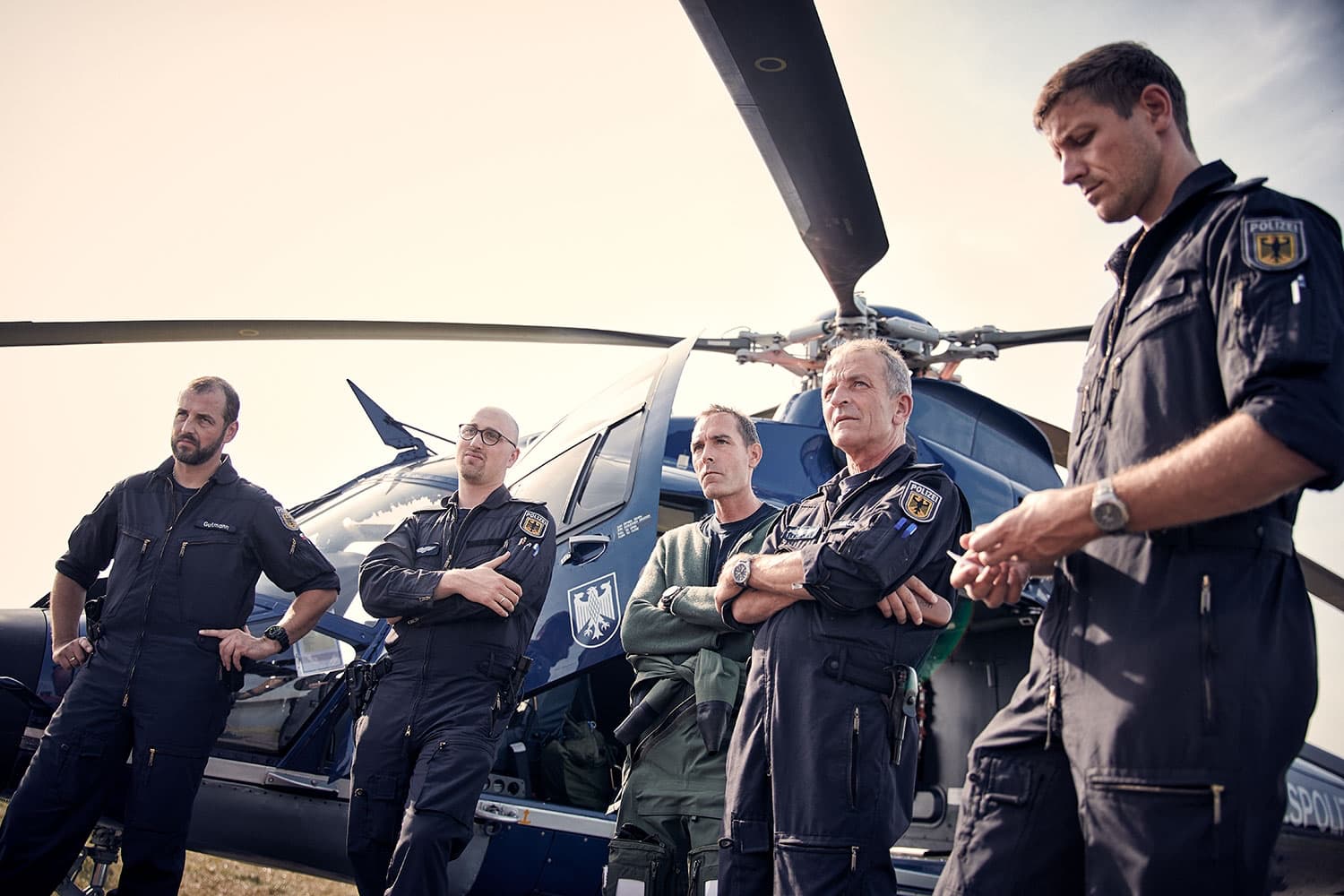Rescue Operations Photography: Inside the Helicopter Water Rescue Training
Photographing rescue operations is not just about adrenaline—it’s about capturing precision, trust, and humanity under pressure. I had the unique opportunity to shoot the annual helicopter-assisted water rescue training of the Schleswig-Holstein Air Rescue Specialists—an elite team of around 20 lifeguards and pilots from the DLRG, DRK-Wasserwacht, and the German Federal Police.
This specialized team has been perfecting joint air rescue operations since 2006. In floods and other critical emergencies, when people can’t be reached by road or boat, these airborne professionals step in. They’re dropped from helicopters directly into rivers, lakes, or rooftops to assess, stabilize, and evacuate victims—sometimes under incredibly risky conditions.
What makes rescue operations photography so intense is that nothing is staged. You’re shooting real-time coordination between multiple agencies, and there’s no second take. Every movement—whether it’s a drop from the chopper, a mid-water stabilization, or a hoist—is packed with purpose and precision.
This time, I wasn’t just behind the camera. I also got to play the “victim.” Floating in cold water, whipped by the helicopter downwash, I was suddenly grabbed, strapped into a harness like a human straightjacket, and pulled back up into the sky. It was wild—and unforgettable.
Beyond the thrill, what stayed with me was the smooth teamwork of the crew. These are highly trained volunteers, giving their time and energy to help others in some of the most dangerous conditions imaginable—and always with a calm presence and a smile.
Whether you’re an emergency organization, a rescue training program, or part of a documentary or awareness initiative, professional rescue operations photography plays a vital role in storytelling and visibility. I’m proud to bring experience, respect, and agility to these rare, high-pressure environments.

